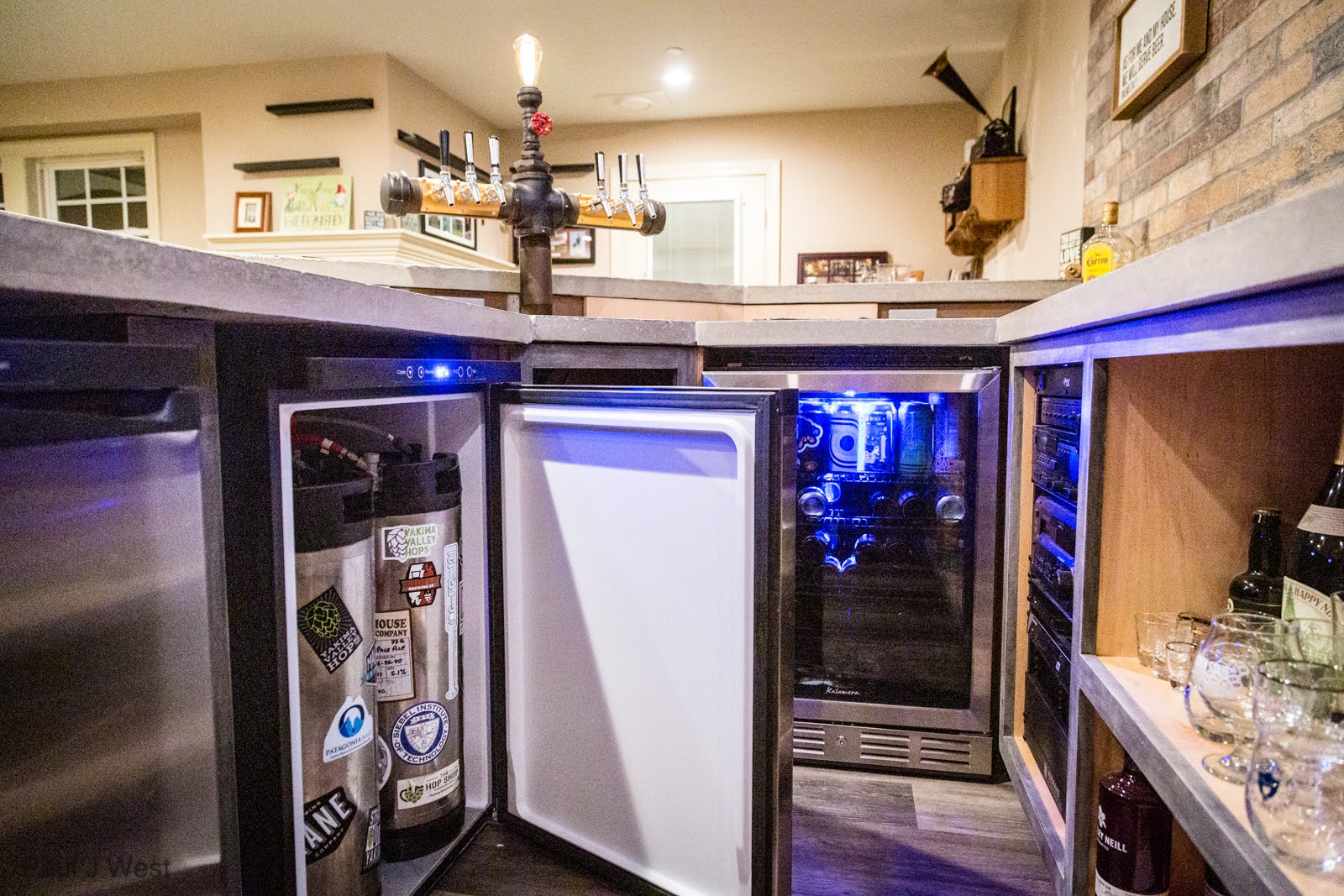jrgtr42
Well-Known Member
WIth something like this, how does the system know how much there was to start with? Do you enter, say, "5 gallons" into the program and it counts how much is poured? Sensors in the taps or something? or is there a scale or something attached?I run Raspberry Pints "classic" for my tap list using SwissFlow SF800 flow meters. Very accurate, I can count on a keg kicking within a glass either side of empty...
View attachment 757036
View attachment 757037
Cheers!















































![Craft A Brew - Safale S-04 Dry Yeast - Fermentis - English Ale Dry Yeast - For English and American Ales and Hard Apple Ciders - Ingredients for Home Brewing - Beer Making Supplies - [1 Pack]](https://m.media-amazon.com/images/I/41fVGNh6JfL._SL500_.jpg)


















